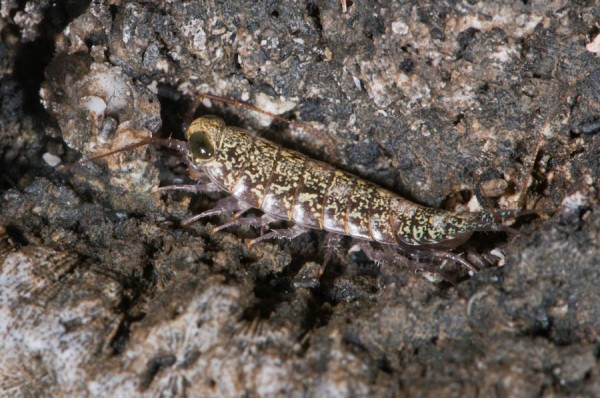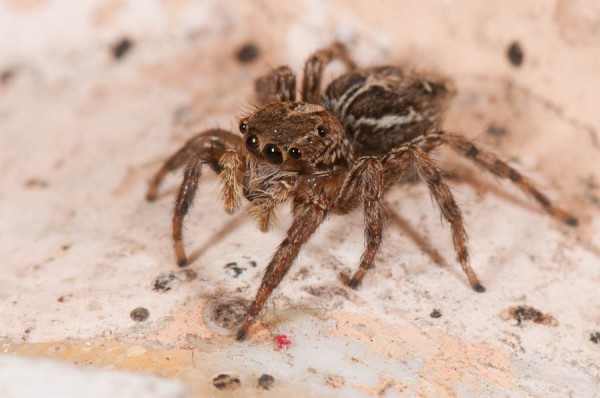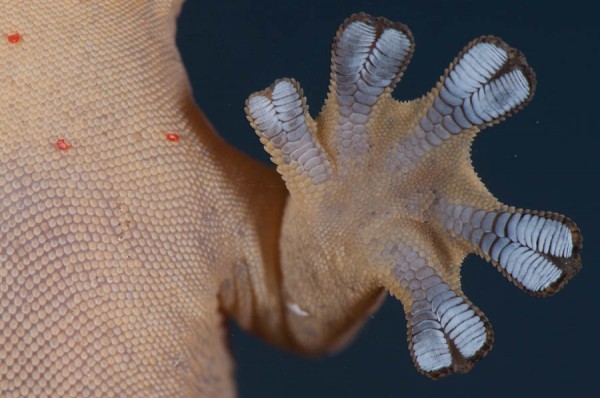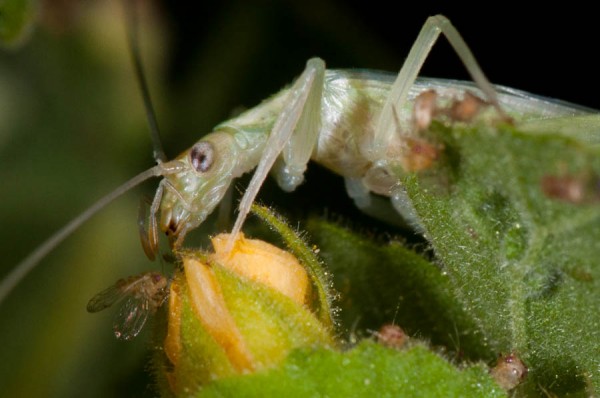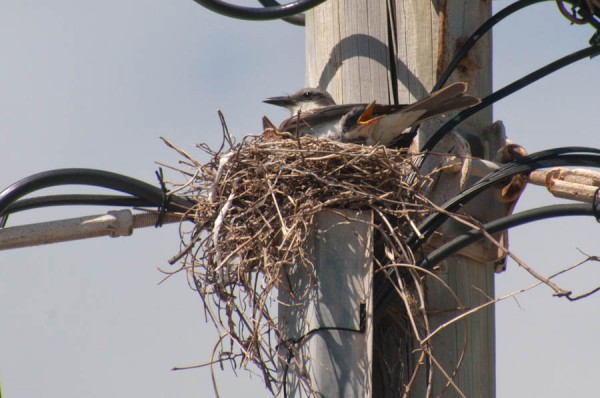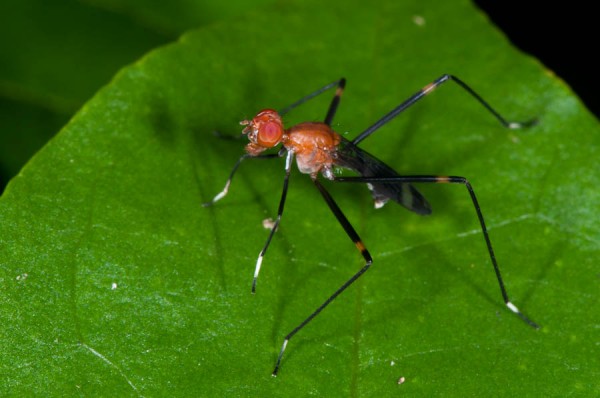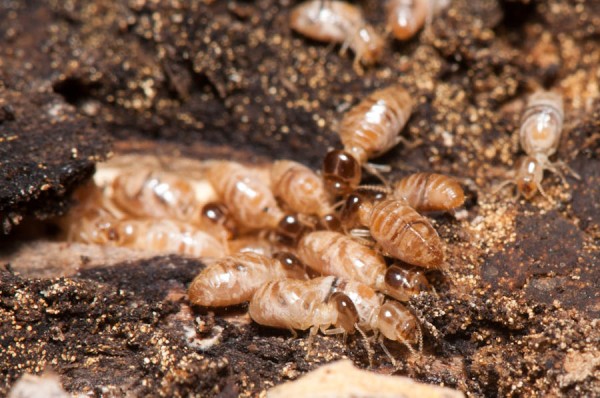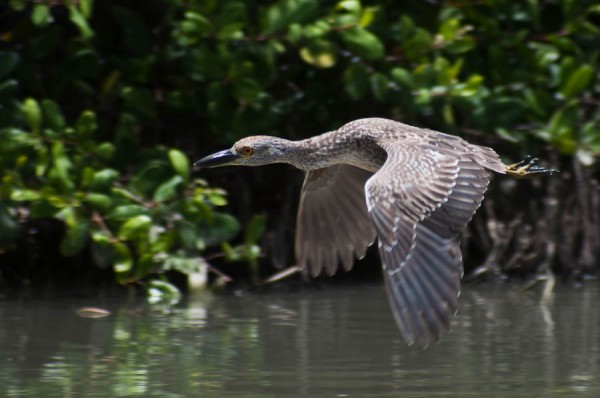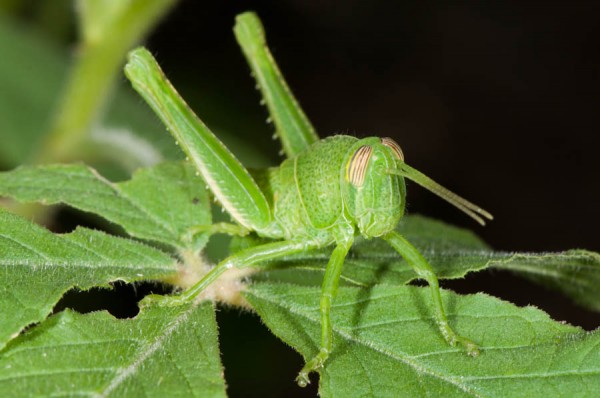Ensign Coccid
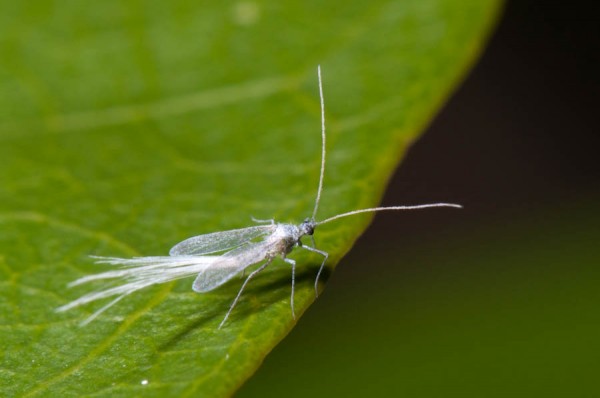
Sometimes, especially early in the morning, you may see these tiny fly-like insects with hairlike tufts coming out of their behinds. They’re adult male ensign coccids. Juveniles and females are white, scale-like and found on plants. They’re related to other scale insects and mealybugs, and less-closely related to other hemipterans, like stink bugs and cicadas.

